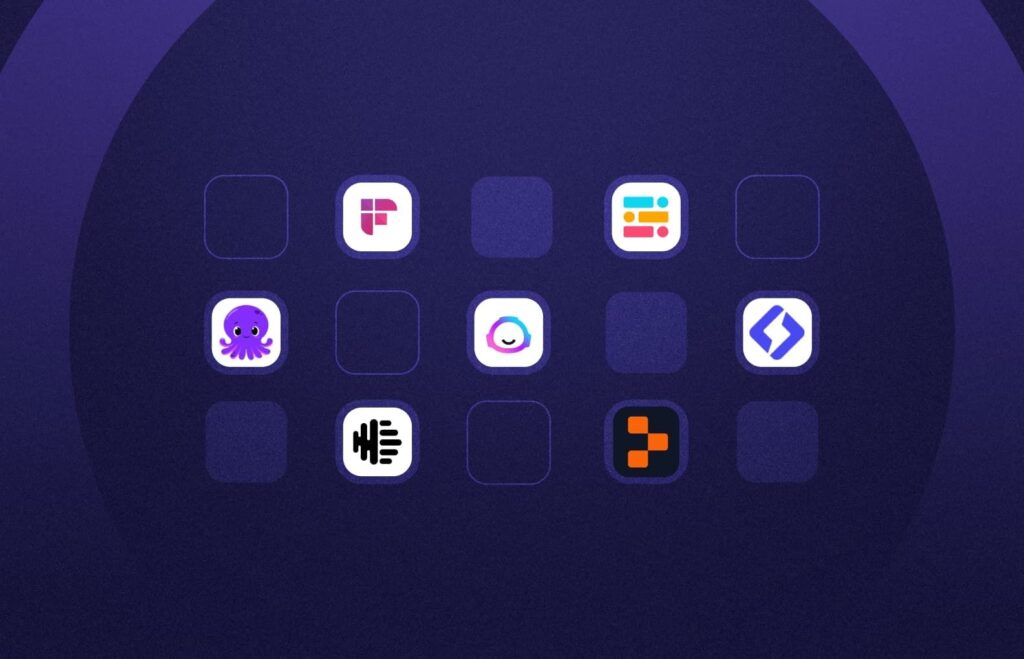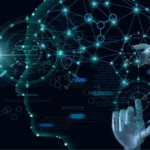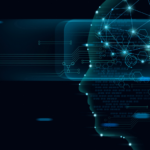Chat GPT-3:
GPT-3 (Generative Pre-trained Transformer 3) is an advanced artificial intelligence language model developed by OpenAI. It uses deep learning techniques to generate human-like text and has the ability to understand and respond to natural language inputs in various contexts. Exploring the potential of GPT-3 involves understanding its capabilities and limitations, and exploring the wide range of possible applications for this powerful technology, including chatbots, language translation, content generation, and much more.
Remarkable features of GPT-3:
One of the most remarkable features of GPT-3 is its ability to generate coherent and natural-sounding language. Unlike previous language models, which often produced stilted or robotic text, GPT-3 can generate text that is indistinguishable from that produced by a human. This makes it an ideal tool for applications such as chatbots and virtual assistants, where the ability to understand and respond to natural language is critical.
Another impressive aspect of GPT-3 is its versatility. It can generate text in a variety of styles and formats, including news articles, blog posts, poetry, and even computer code. This versatility makes it a valuable tool for a wide range of industries, from marketing and advertising to software development and data analysis.
Applications of GPT-3:

One of the most exciting applications of GPT-3 is in the field of Natural Language Processing (NLP). NLP is the branch of AI that deals with the interaction between computers and human language, and GPT-3’s ability to understand and generate natural language has the potential to revolutionize the way we communicate with machines. It could lead to the development of more advanced chatbots and virtual assistants, as well as more accurate language translation systems.
GPT-3 also has applications in the field of creative writing. The model can generate poetry, fiction, and even music, opening up new possibilities for AI-generated art. While some may be skeptical of the idea of AI-generated art, there is no doubt that GPT-3 has the potential to push the boundaries of what we consider to be creative writing and art.
Limitations of GPT-3:
Of course, like any technology, GPT-3 is not without its limitations. It is still prone to errors, particularly when it comes to more complex language tasks. Additionally, there are concerns about the potential misuse of the technology, particularly in the areas of propaganda and misinformation.
Despite these limitations, however, the potential of GPT-3 is clear. Its ability to generate natural language opens up a wide range of possibilities for applications across industries, from marketing and advertising to healthcare and education. As AI continues to advance, it is likely that we will see even more impressive language models like GPT-3, opening up new possibilities for how we communicate and interact with machines.




